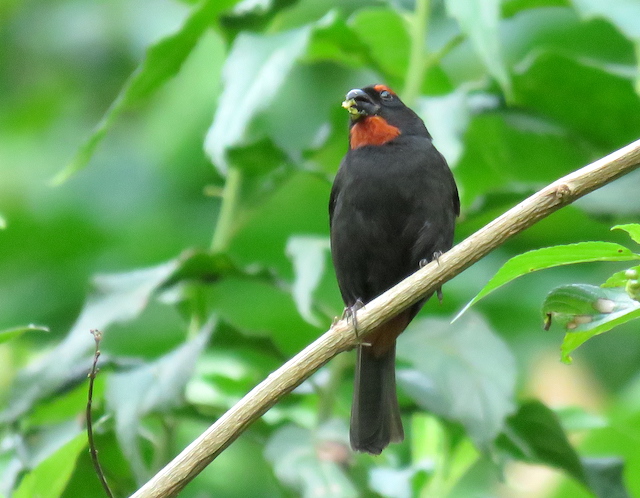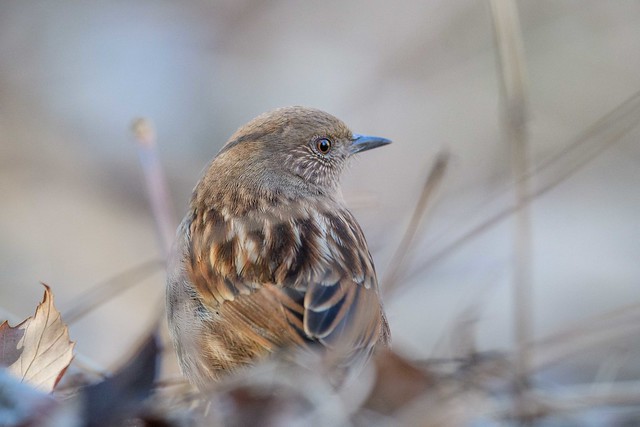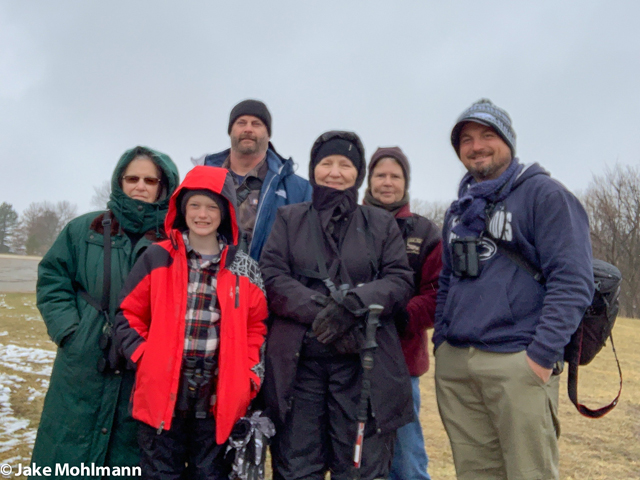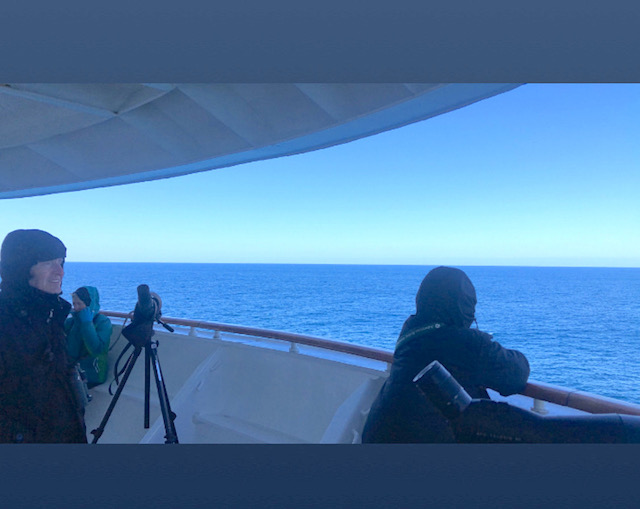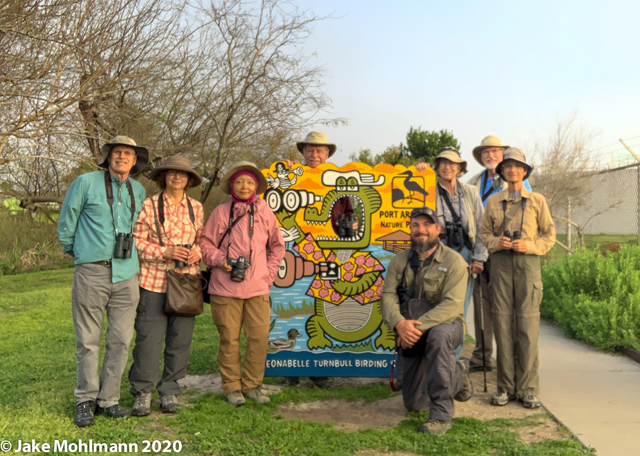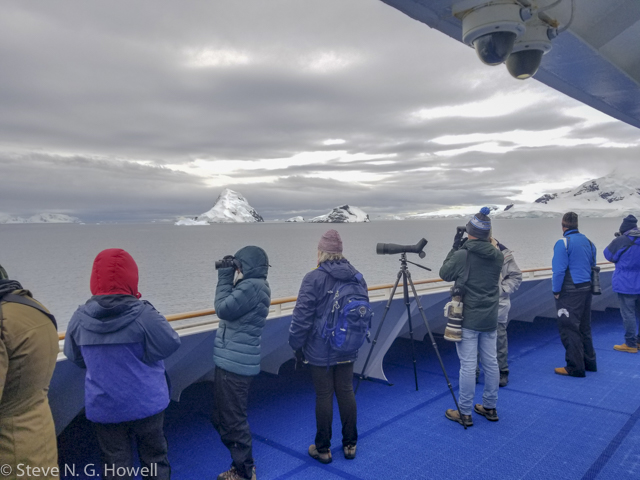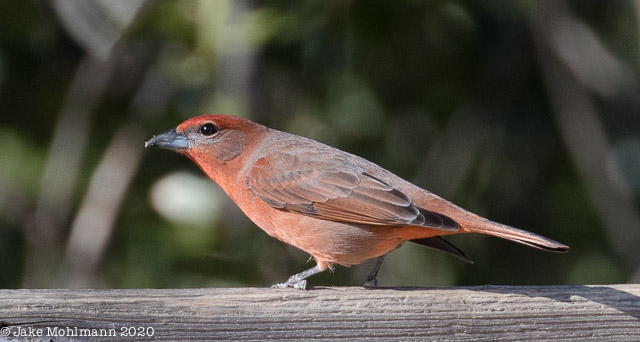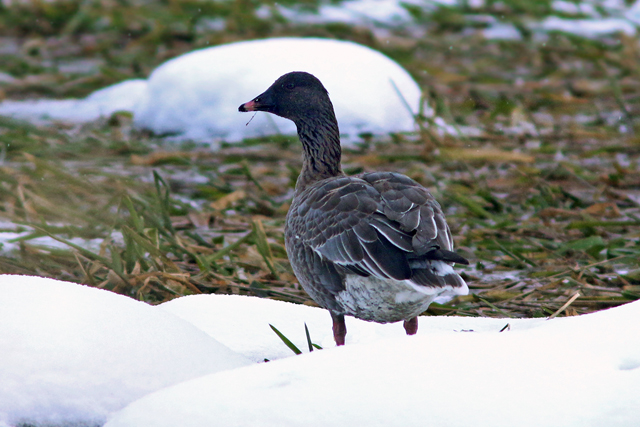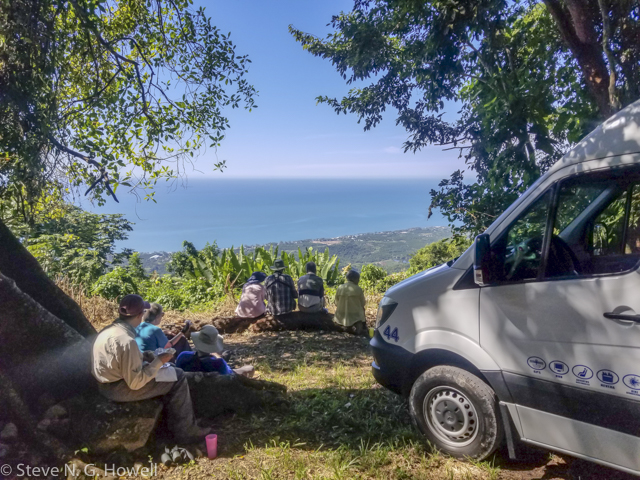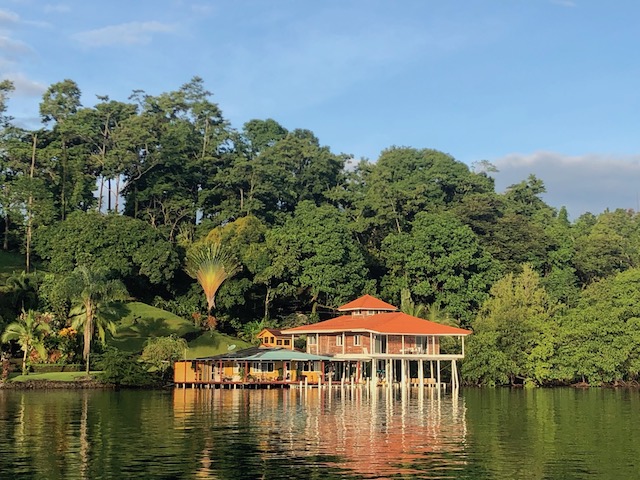Reports From the Field
Mar 24, 2020
Jake Mohlmann on his recently completed tour, Nebraska: The Sandhills and the Platte River
Feb 24, 2020
Gavin Bieber on his recently completed cruise, New Zealand, the Tasman Sea and Australia
Feb 11, 2020
Steve Howell and Luke Seitz on their just-completed cruise, Antarctic Peninsula and around Cape Horn
© 2025 WINGS Birding, Inc.
